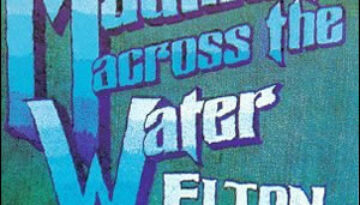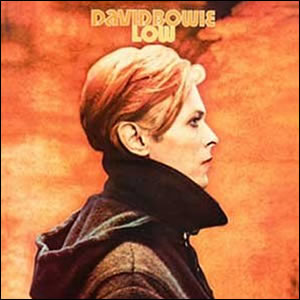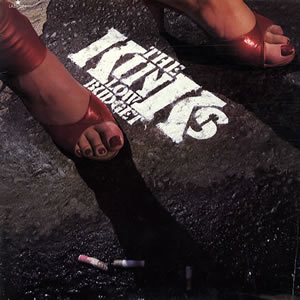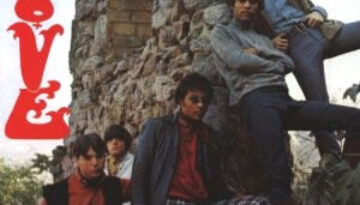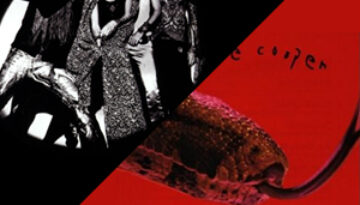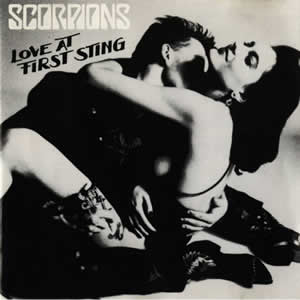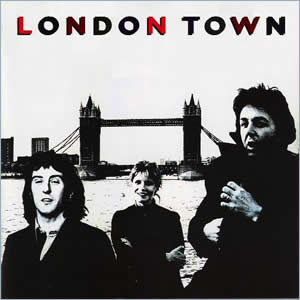Madman Across the Water
by Elton John
Buy Madman Across the Water Madman Across the Water was the fourth studio album by Elton John and his sixth overall album released within a span of just 29 months. The album is […]

